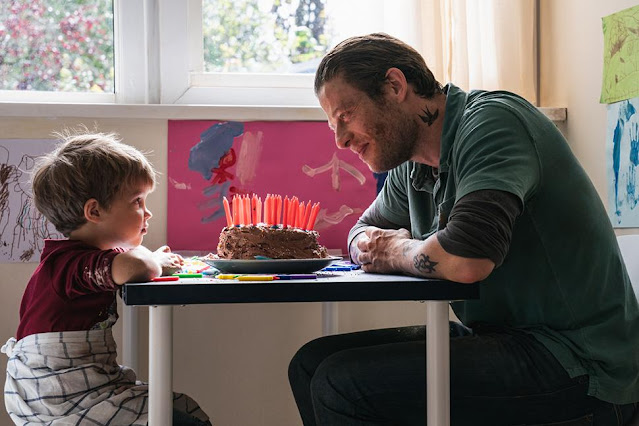 |
| Lucien Clergue, Portrait (1956). |
“Mystery is the essential ingredient of every work of art.” – Luis Buñuel
Who and what do we see when we study the splendid photographic portrait of Pablo Ruiz Picasso captured by the esteemed Lucien Clergue in1956, when the Spanish artist was at the height of his powers? Having been adopted as a global cultural citizen beyond all mere geographical borders, the words who and what are both applicable in his unique case, as someone who was as vital and revolutionary in painting as his countryman Cervantes was in literature three hundred years earlier. So when Clergue memorialized that dramatic face, some four decades after the artist first reinvented the history of art at the turn of the last century, recasting it in his own image by collaborating with Georges Braque in the revelation of Cubism, and with roughly another two tumultuous decades still remaining in his titanic aesthetic mission, what sort of portrait telegram did the photographer manage to send us all in the future, and yet further into the future of the future? His portrait seems to whisper: behold, a living archetype.
Picasso’s elusive and mercurial character, a persona he appeared to perform as if he lived on a stage, still has the capacity to allure and amaze us. With good reason, and these powerful works on paper assembled here are an accurate indication of exactly why. He was a towering figure who looms large in both the art world and the world of popular culture, a gargantuan artist beyond most limits and even any definitions. Gazing at the overwhelming confidence in the awesome face of the man behind these prints, I am often reminded of the words of a favourite Brazilian author, Clarice Lispector: “He had the elongated skull of a born rebel.” I do hope so, Clarice, but all the landforms of his skull grew inward, like stalagmites, rather than upward and out. His Guernica painting from 1937 was one such interior landform, but then, so are his many masterful prints: each one is a mountain peak in reverse on paper, a spritely graphic Everest.
